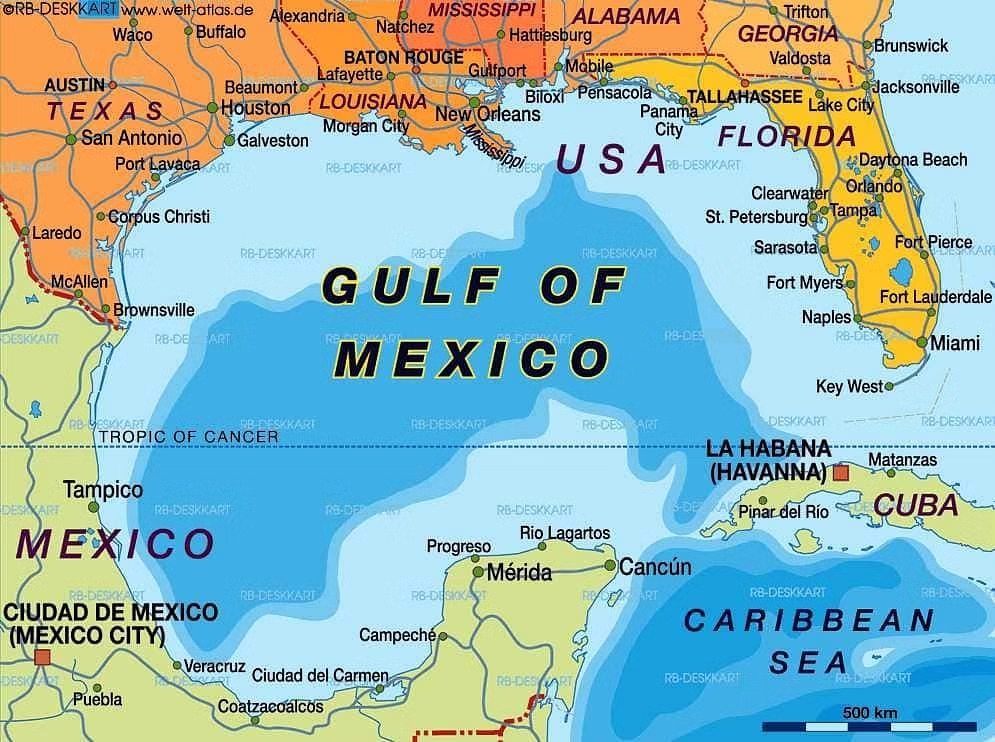





Disclaimer: Copyright infringement not intended.
Context
About Gulf of Mexico
Dead Zone
Gulf of Mexico dead Zone
|
PRACTICE QUESTION Discuss the strategic, economic, and environmental significance of the Gulf of Mexico. How does its geographical location impact global trade, energy security, and environmental sustainability? |











© 2025 iasgyan. All right reserved